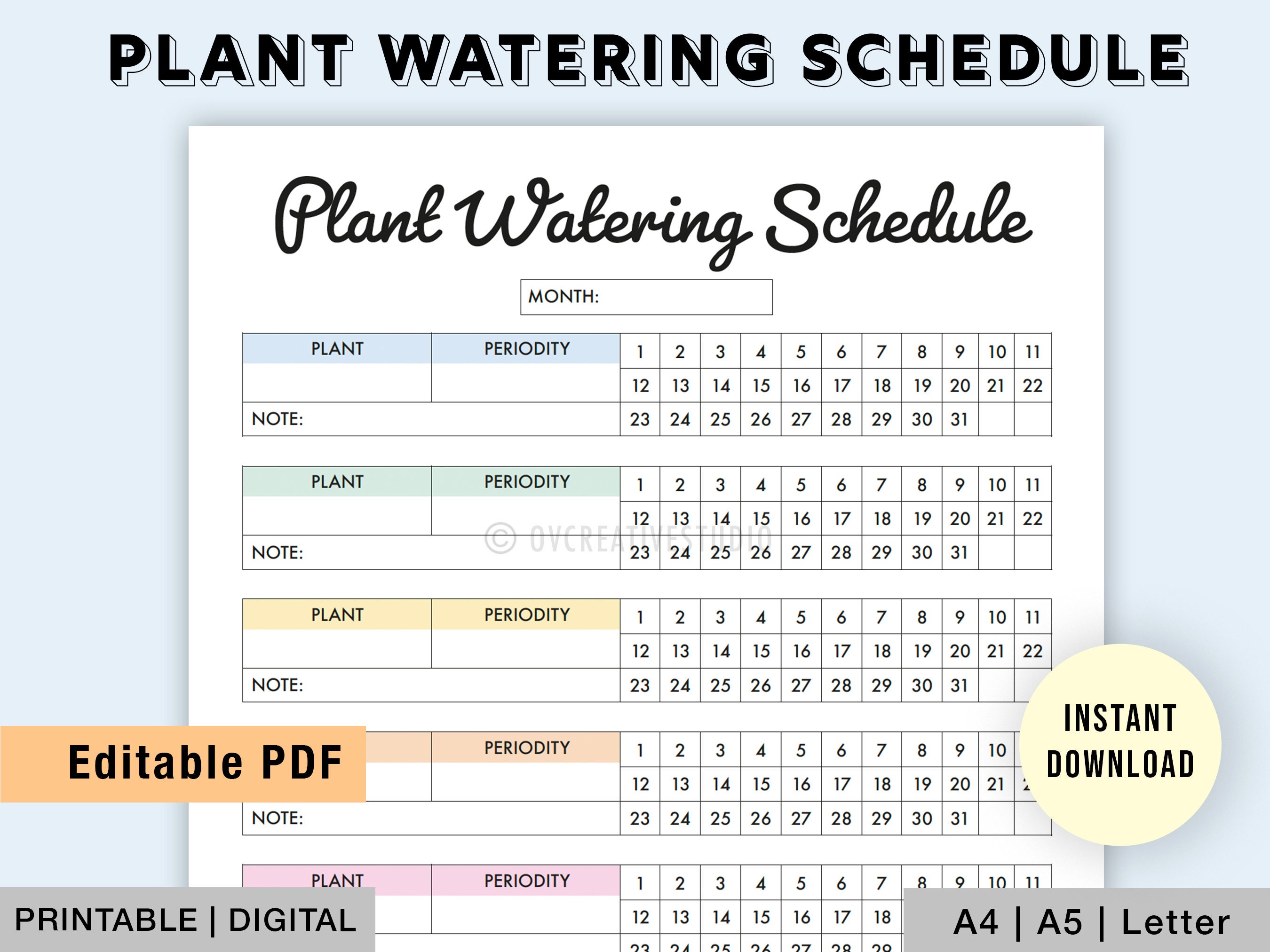How to Keep Orchids Healthy Indoors: A Comprehensive Guide

Orchids are often seen as the prima donnas of the plant world—beautiful, but notoriously finicky. Yet, with the right care, these exotic blooms can thrive indoors, transforming your home into a lush, tropical oasis. Are you ready to unlock the secrets of keeping orchids healthy indoors? Let's dive in!
Understanding Orchid Basics
Before we delve into the specifics of orchid care, it's essential to understand the basics. Orchids are epiphytes, meaning they grow on other plants or trees in their natural habitat. This unique characteristic influences their care requirements, including light, water, and nutrient needs.
Tips for Keeping Orchids Healthy Indoors
Orchid Light Requirements
Orchids love bright, indirect light. Think of it as the Goldilocks principle—not too much, not too little, but just right. Direct sunlight can scorch their delicate leaves, while too little light can stunt their growth. Aim for a spot near a north-facing window or a few feet away from a south-facing window.
Orchid Humidity: Creating the Perfect Environment
Orchids thrive in humid environments, typically around 40-60% humidity. If your home is on the dry side, consider placing a tray of water near your orchid or using a humidifier. You can also group your orchids with other plants to create a microclimate with higher humidity.
Indoor Plant Care: Watering Your Orchid
Watering orchids can be a bit tricky. The key is to water thoroughly but infrequently. Allow the water to run through the pot and drain completely. The frequency depends on the type of orchid and the environment, but a good rule of thumb is once a week. Always check the soil before watering—if it's still moist, wait a few more days.
Orchid Fertilizer: Feeding Your Plant
Orchids need a balanced diet to stay healthy. Use a fertilizer specifically designed for orchids, and follow the instructions on the package. Generally, you'll want to fertilize every other watering during the growing season and reduce the frequency during the dormant period.
Orchid Repotting: When and How
Orchids typically need repotting every 1-3 years, depending on the species and growth rate. The best time to repot is after the plant has finished blooming. Choose a pot that's slightly larger than the current one, and use a well-draining orchid mix. Gently remove the orchid from its old pot, trim any dead roots, and place it in the new pot, filling in with fresh mix.
Orchid Temperature: Finding the Sweet Spot
Orchids prefer temperatures between 60-75°F (15-24°C) during the day and a 10-15°F (5-8°C) drop at night. Avoid placing your orchid near drafty windows or heating vents, as extreme temperature fluctuations can stress the plant.
Common Orchid Problems and Solutions
Even with the best care, issues can arise. Here are some common problems and their solutions:
- Yellowing Leaves: This could be a sign of overwatering or too much direct sunlight. Adjust your watering schedule and move the plant to a shadier spot.
- Brown Tips: Brown tips on the leaves often indicate low humidity or inconsistent watering. Increase the humidity around the plant and ensure you're watering correctly.
- No Blooms: If your orchid isn't blooming, it might not be getting enough light or the right temperature fluctuations. Move it to a brighter spot and ensure it experiences a slight temperature drop at night.
Conclusion: Embrace the Beauty of Orchids
Keeping orchids healthy indoors is a rewarding experience. With the right care, these exotic beauties can bloom year after year, adding a touch of elegance to your home. Remember, orchids are resilient and adaptable—don't be afraid to experiment and find what works best for your plant.
Happy growing!
FAQs
How often should I water my orchid?
- Water your orchid thoroughly once a week, allowing the water to drain completely. Always check the soil before watering—if it's still moist, wait a few more days.
What kind of light do orchids need?
- Orchids prefer bright, indirect light. Aim for a spot near a north-facing window or a few feet away from a south-facing window.
How do I increase humidity for my orchid?
- You can increase humidity by placing a tray of water near your orchid, using a humidifier, or grouping your orchids with other plants.
When should I repot my orchid?
- Repot your orchid every 1-3 years, depending on the species and growth rate. The best time to repot is after the plant has finished blooming.
Why isn't my orchid blooming?
- If your orchid isn't blooming, it might not be getting enough light or the right temperature fluctuations. Move it to a brighter spot and ensure it experiences a slight temperature drop at night.


0 Response to "How to Keep Orchids Healthy Indoors: A Comprehensive Guide"
Post a Comment